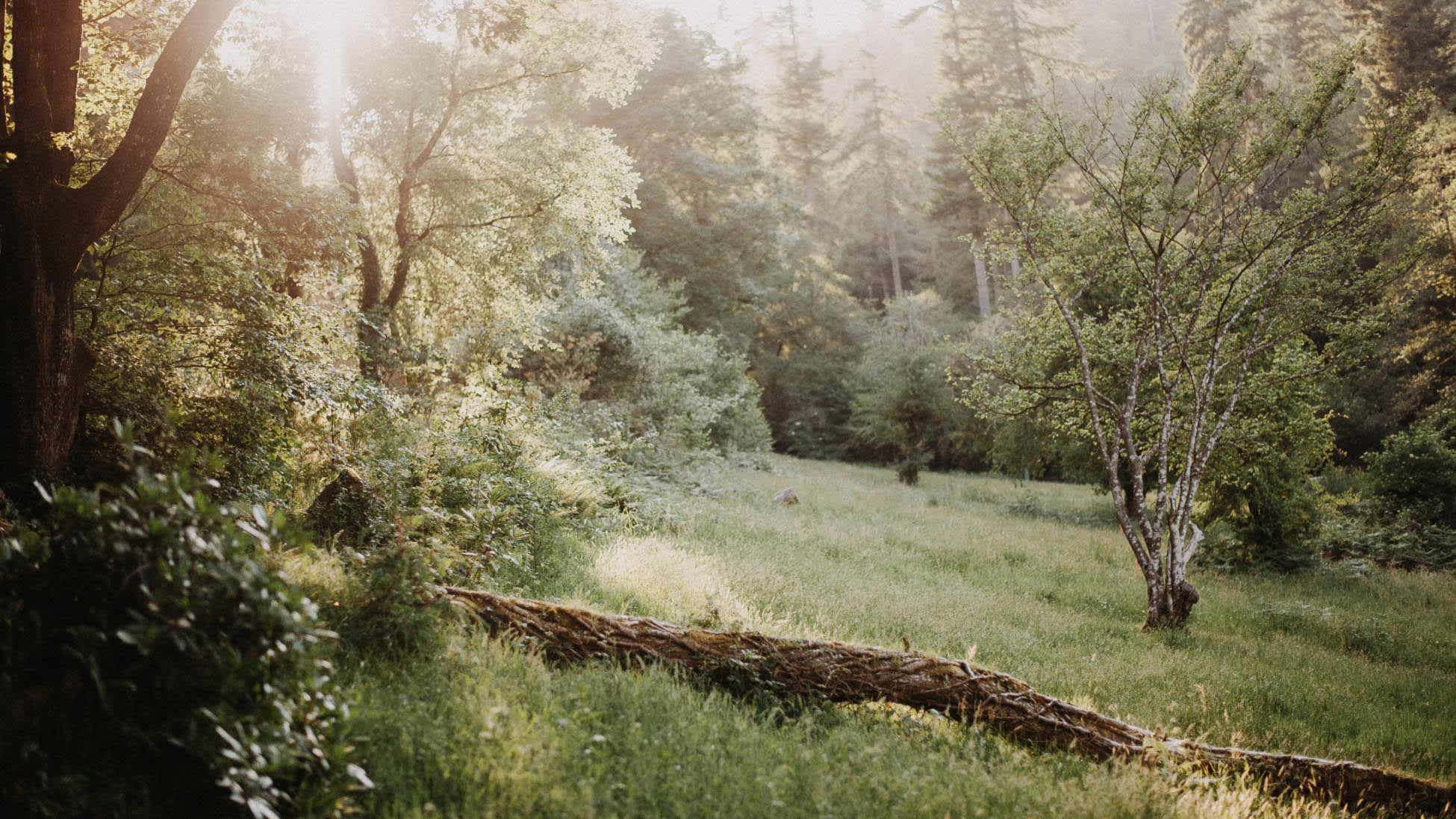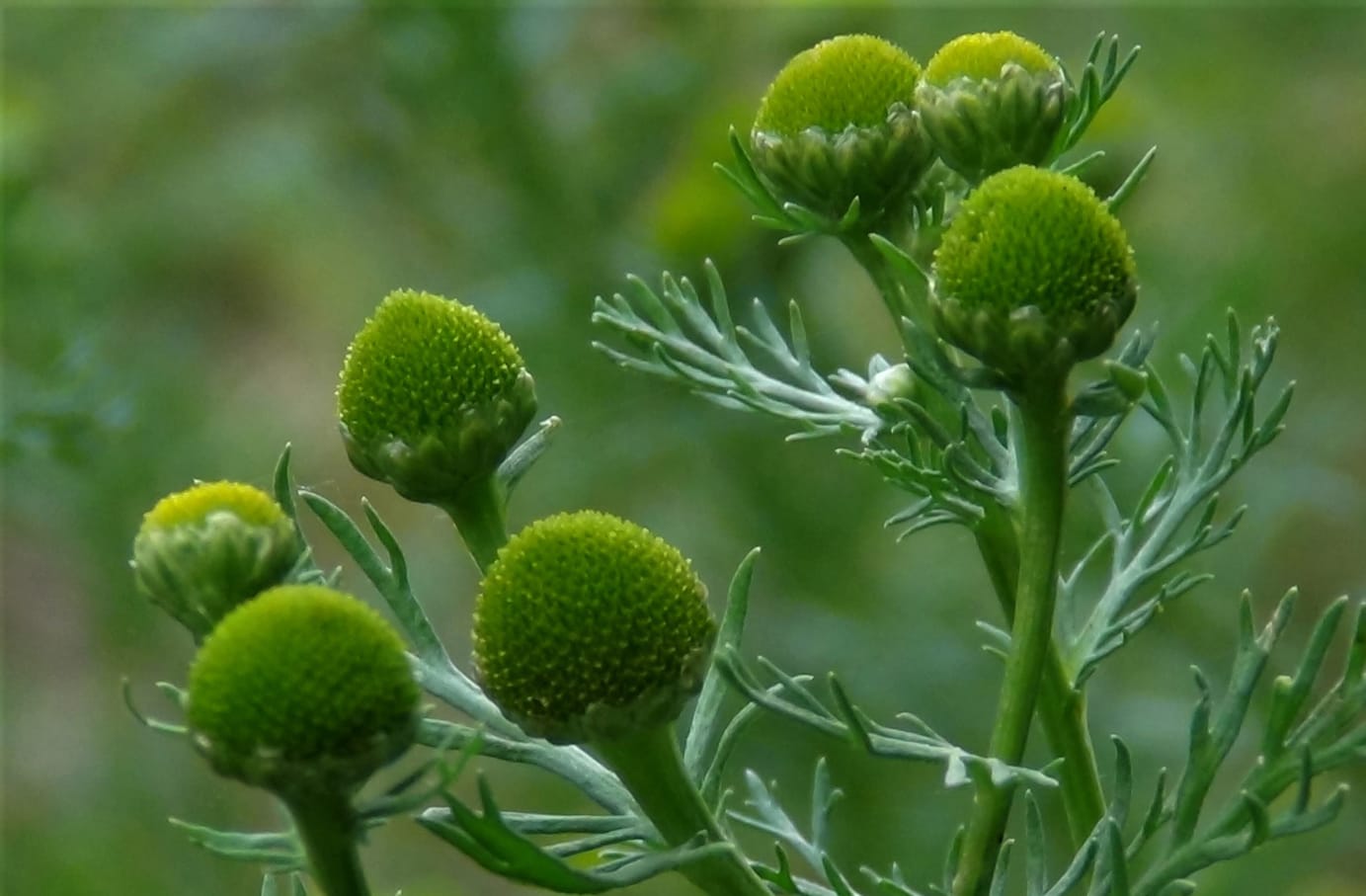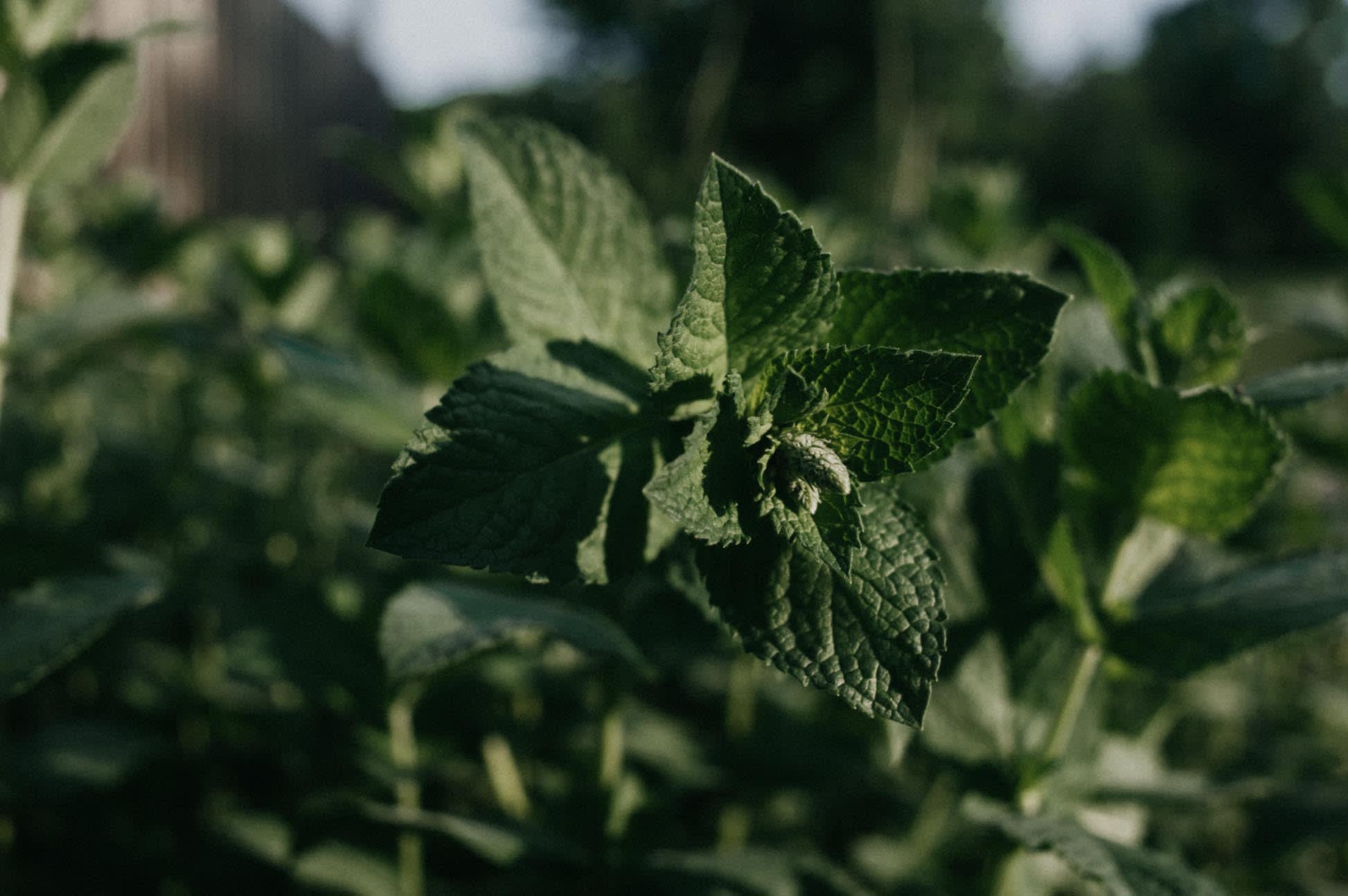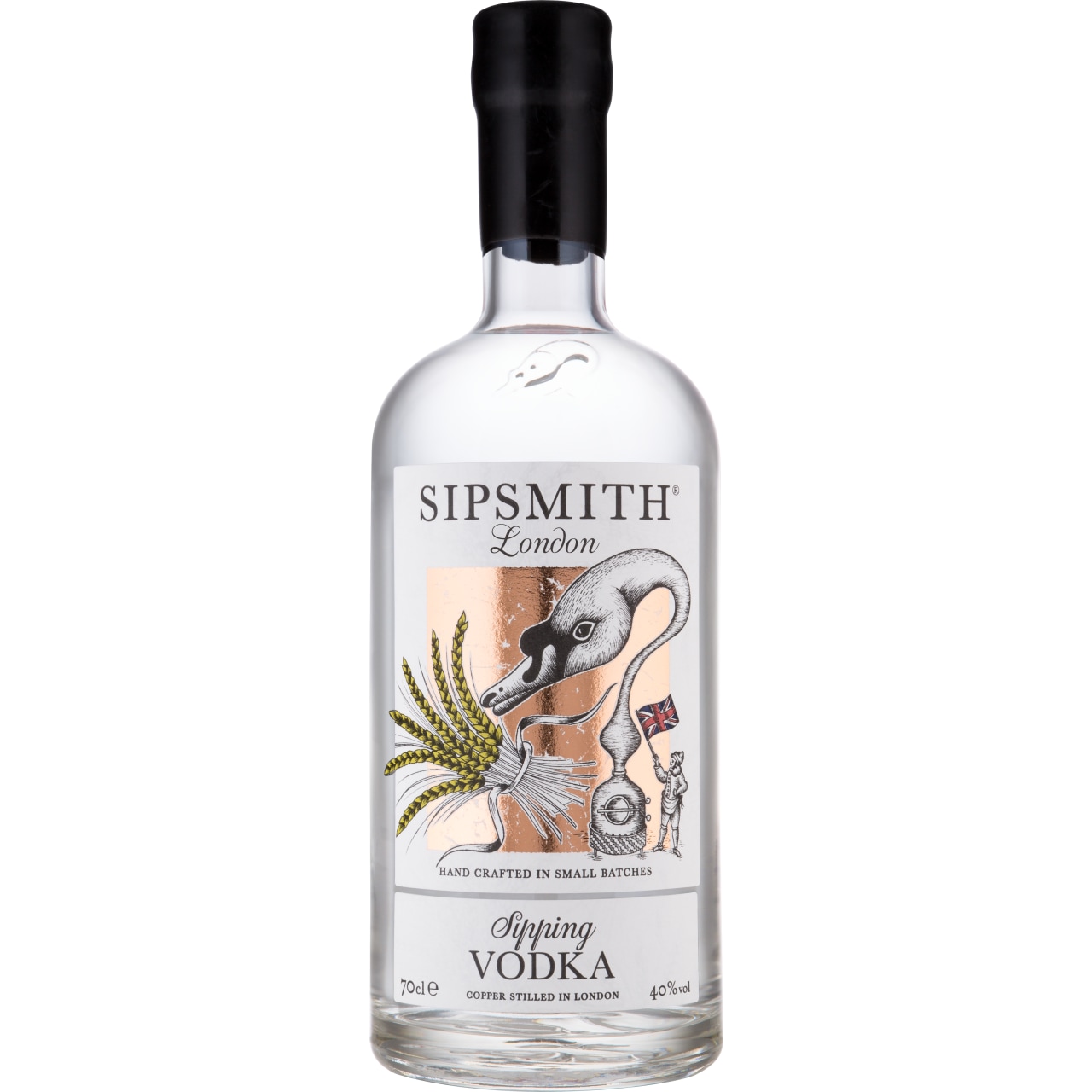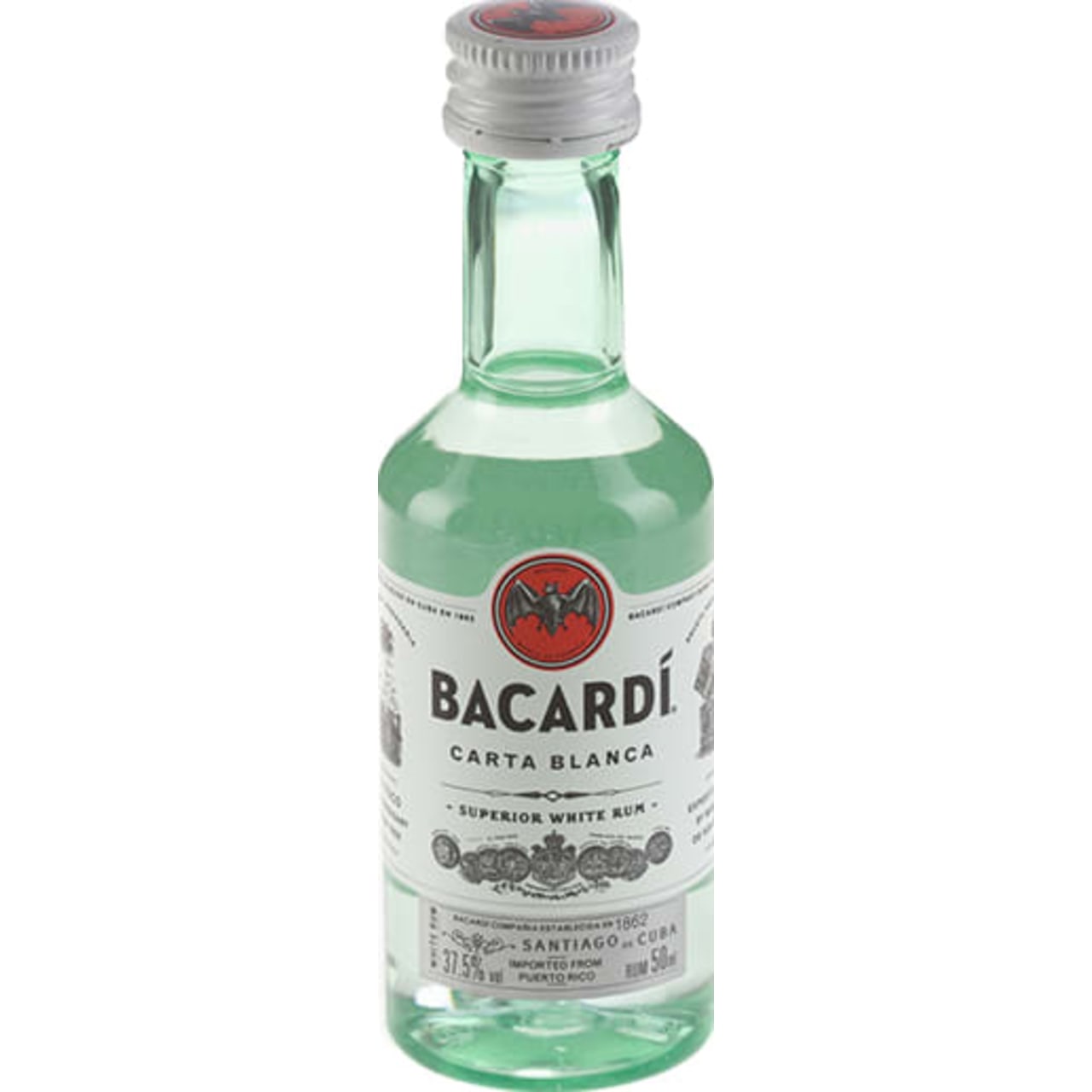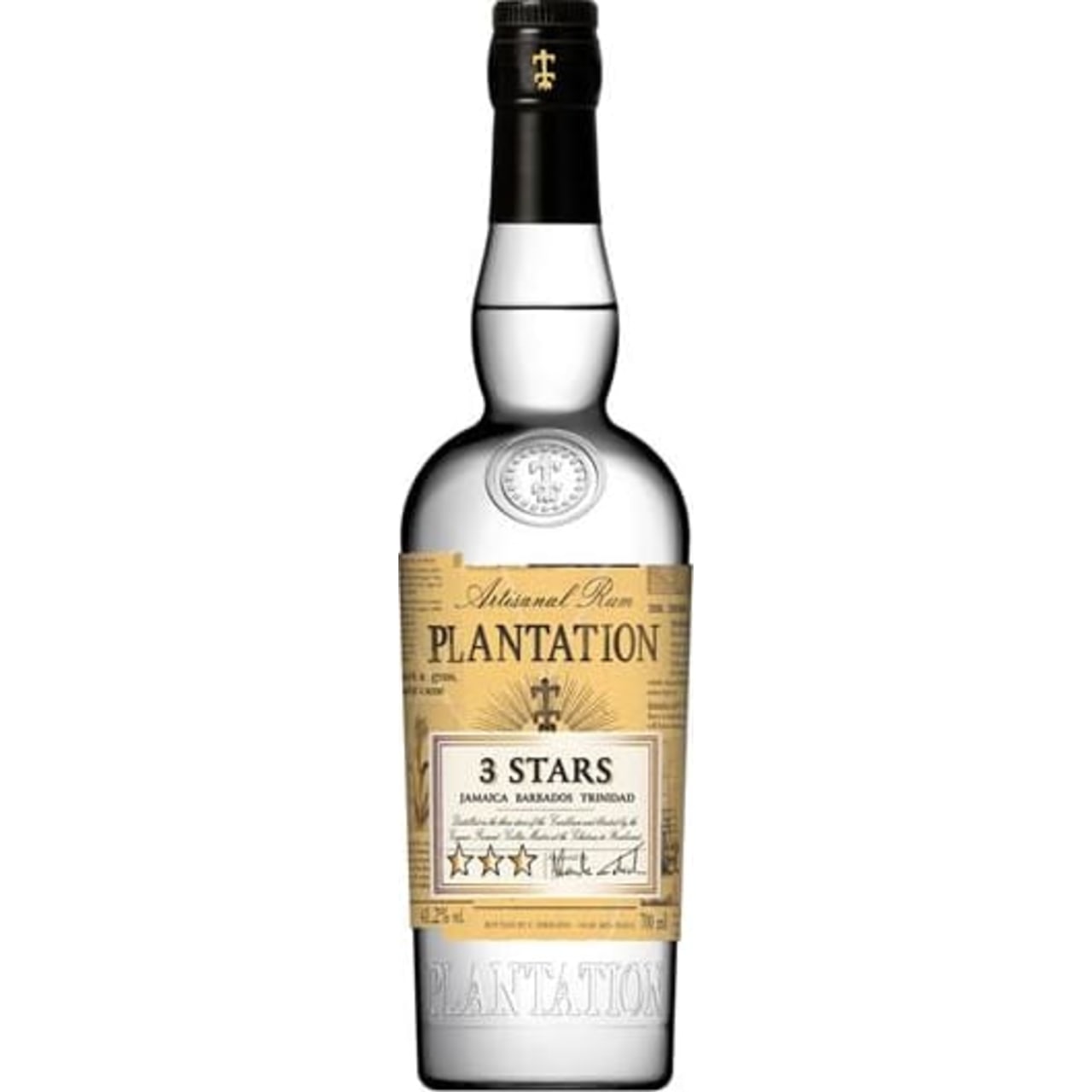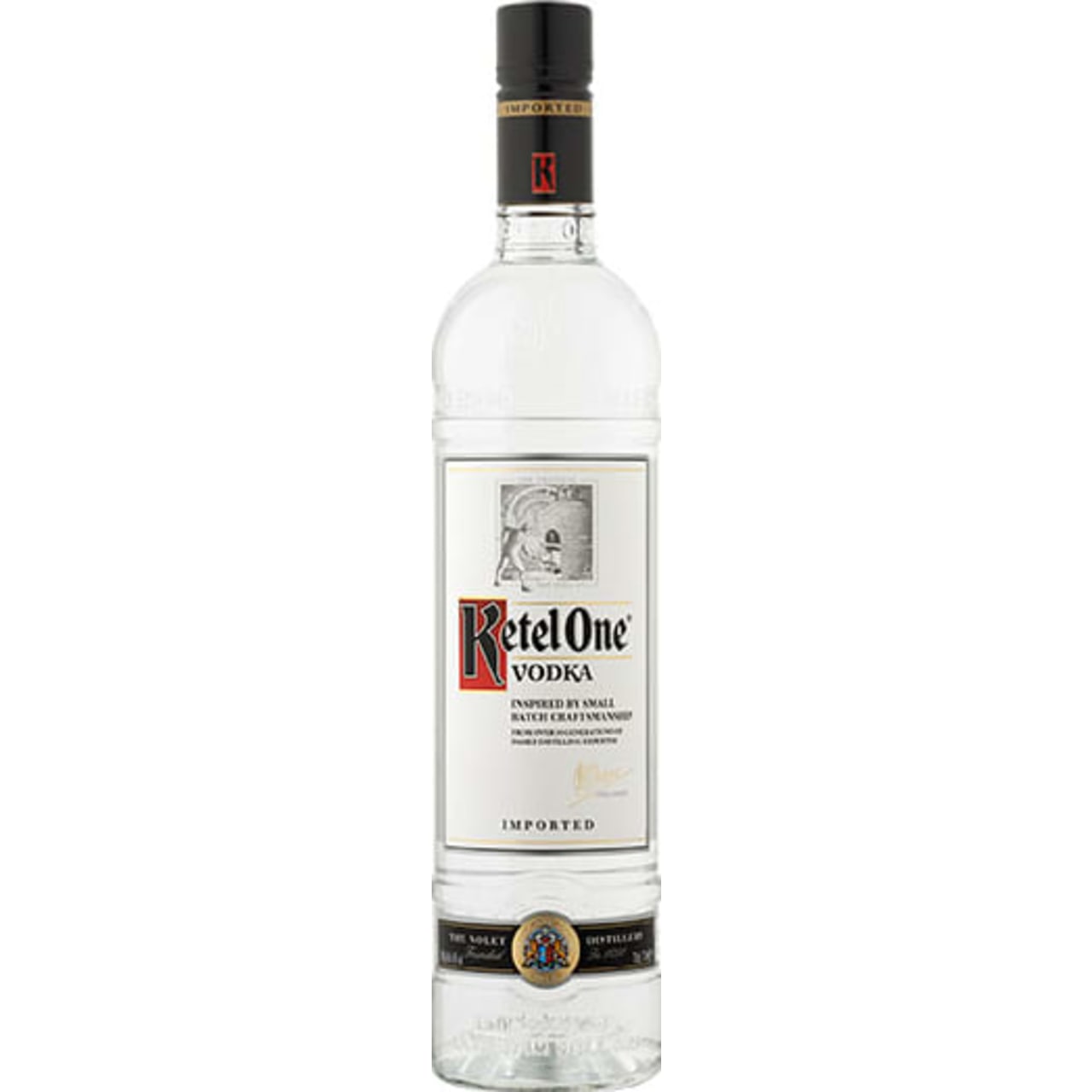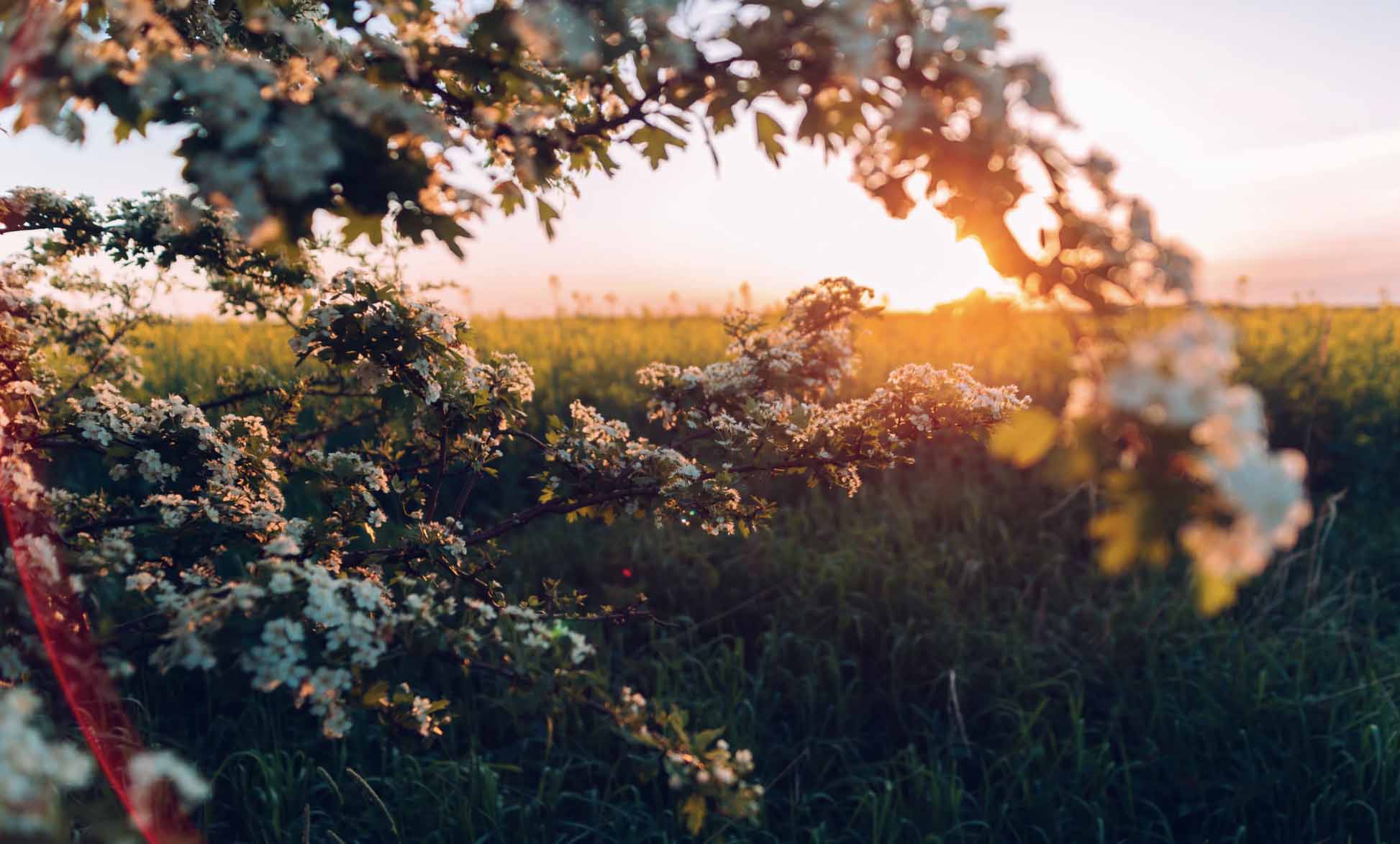

Midsummer is a magical time for foraging edible wild plants. You can spend the day out and about in the sunshine and gather truly surprising ingredients to make delicious drinks in the evening.
A sticky-palmed picking expedition may seem like a lot of effort to go just for a drink. Fair cop on that one, but for who do the rewards are immeasurable.
The connection with the season and the fun of being outside, ambling about and picking nature’s bounty, the unique flavours and the sense of accomplishment creates unforgettable drinking experiences.
We’ll be straight up with it here – nothing is as rewarding as a huge crop of brambles, awash with shiny berries. However, summertime picking allows for far more than the usual suspects of wild blackberries or farm picked strawberries or raspberries. Hedgerows and pathways are brimming with flavourful ingredients to infuse, muddle and transform into a cocktail or two.
Here are a few ideas for those wanting to head out for a bit of foraging over the next few months…
Brighten up your G&T garnishes with some Mallow flowers.
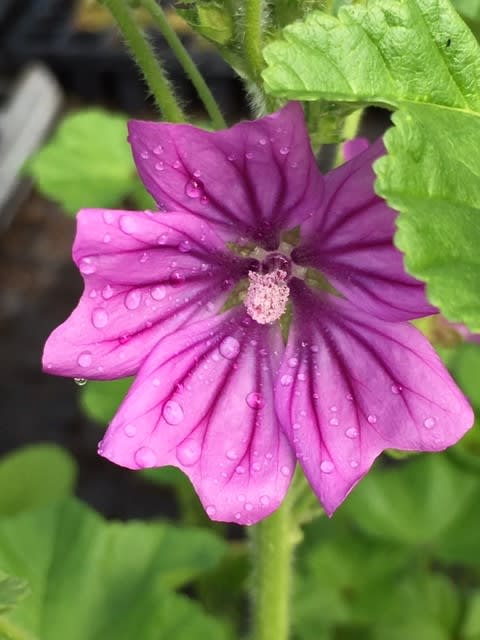

Let’s start off with a simple one, Mallow flowers.
Mallow is an easy, literally zero effort way to bring a sense of the summer season into a drink. The common mallow has beautiful deep pink flowers that appear from June to October and can be found pretty much everywhere in the UK. You can take the leaves for use in salads (exceptionally rich in vitamins), while the flower can be popped into a G&T adding a flash of geranium-like pink to the glass.
They won’t add much in terms of flavour - they are pleasant and a little nutty if a tad non-descript.
It’s more of a visual addition but given they will be all around you when you go for a walk, all you’ll need to do is pluck a few and add it in the basket. The vivid mauve they bring in return is well worth stooping over for.
Add a floral twist to your spritz with a Meadowsweet & Honeysuckle Cordial.
Gin makers love Meadowsweet for good reason – its complex aromas of honey, hay and almond are captivating, it’s complimentary to juniper and adds a heady aroma to drinks that’s as inviting as it is full. Not just gin, the flowers have long been a flavouring agent in meads and ales.
Medowsweet’s creamy-white flower heads are a frequent sight along roadsides, in damp fields and woodland edges, coming into full bloom in July. You’ll want to gather the meadowsweet blossoms on a dry and sunny day (bring scissors and a large bag so that you do not to crush the flowers).
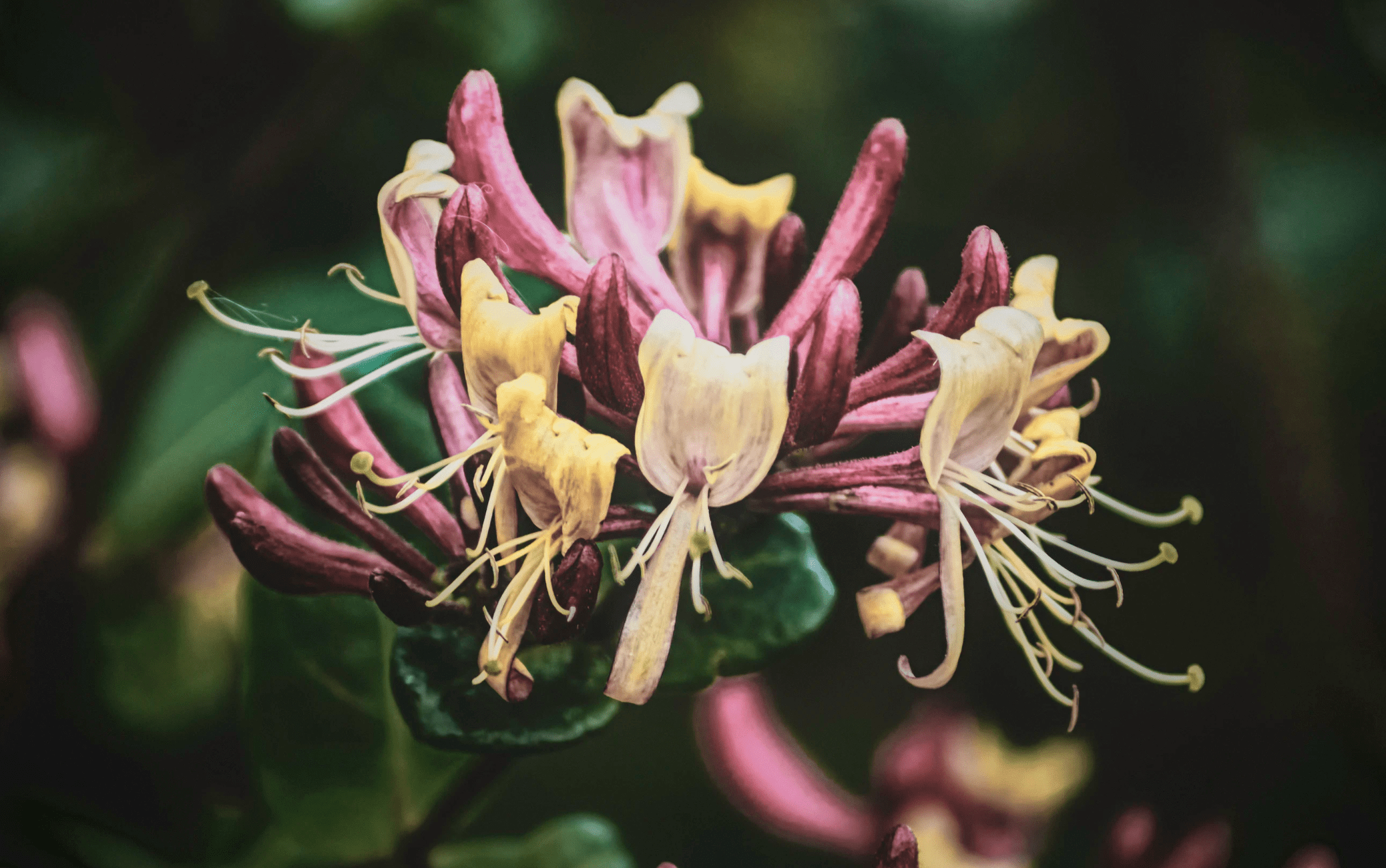

Just as your head turns one way, the intoxicating scent of honeysuckle will have you spinning around. Wild honeysuckle can be found flowering in woodland and hedgerows alike throughout summer and it only takes a really small quantity to capture the generously fragranced honeyed flavours.
We love combing the two blossoms together to make a Meadowsweet and Honeysuckle Cordial to use instead of regular sugar syrup in the likes of a French 75, a Tom Collins or in lieu of the Crème de Violette in an Aviation. The recipes can stay the same – the flavours are wildly different and deliciously so. To make the cordial you’ll need…
